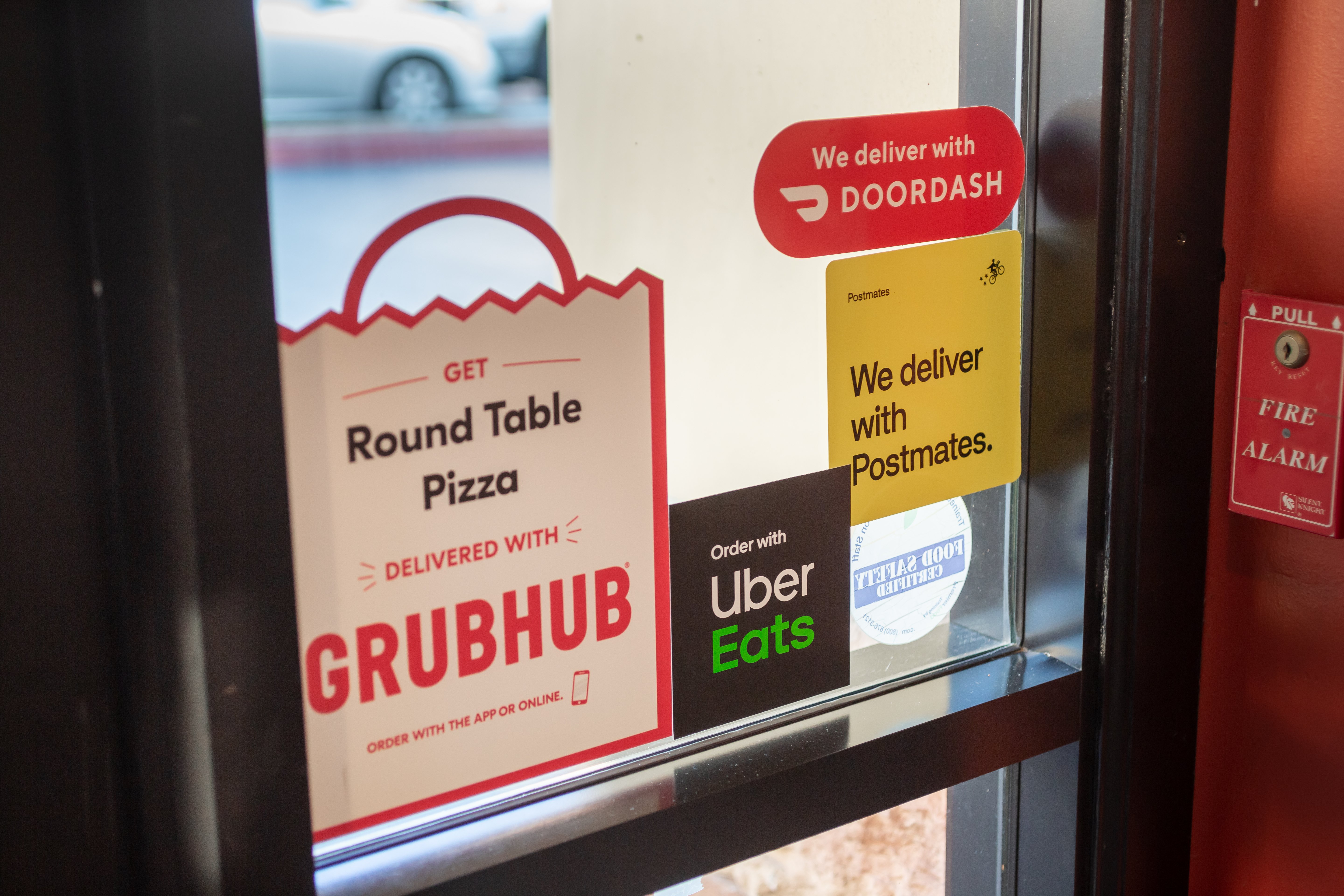As the pandemic recedes, third-party delivery companies like DoorDash, Grubhub, and Uber Eats, which all remain unprofitable, are facing something of an existential crisis.
If there ever was a time to push into profitability, the pandemic was it. They all expanded their user base as consumers were driven to their services when quarantine closed in-person dining. Their valuations surged owing to this influx, and DoorDash even got out of the red for one quarter in 2020.
Beyond these increases in orders and valuation, food delivery companies also acquired reams and reams of data that stands to increase marketing and operational efficiency. And yet the profits never came and there are questions about when, and if, they ever will.
Now, these companies are exploring ways to expand or reconfigure their business model as their services become less essential in a post-lockdown world.
So today, we’re putting in the market research to explore the current and future state of third-party delivery. Where are the future growth opportunities and potential new efficiencies that can deliver profitability? What challenges and opportunities are on the horizon for these companies and how, short of self-driving cars, can they reconcile their cost structure for this future?
A Cost-Intensive, Low-Margin, Scale-Driven Business Model? Sounds Like Trouble
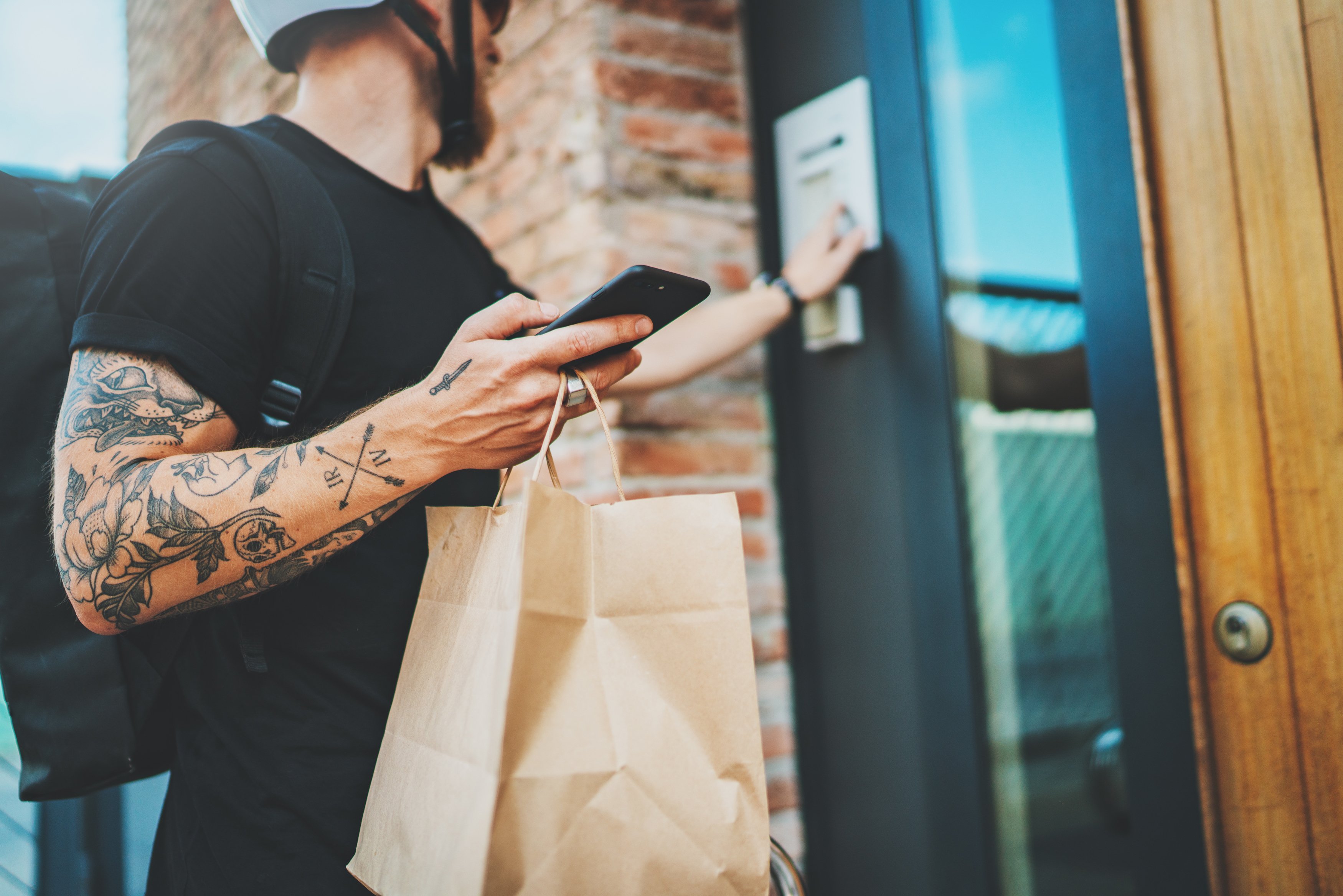
It surprises people not familiar with the industry that third-party delivery companies, without exception, are still not profitable.
Recall that, during the pandemic, cities started capping the commissions third-party delivery companies charge restaurants. These commissions are a strain on small businesses, no doubt, but, to hear it told at the time, third-party delivery companies were gouging local restaurants to line their pockets. They were not lining their pockets, however, instead they were merely trying to keep their business model afloat.
That’s because, when all is said and done, food delivery companies make only a fraction of an order total.
Here’s how it works: companies like DoorDash charge restaurants a commission (generally 15%-30%) for the food ordered on their platform and also charge consumers a service fee. From this pool, companies must pay their drivers, which represents their largest expense. They also must pay refunds for missing items, even if they are the restaurant’s fault, directly to customers. Throw in promotional and advertising costs and, at the end of the day, food delivery companies only make about 2.5% of a customer’s total bill in profit.
This means that on a $36 order, DoorDash makes roughly $.90. That is not enough to sustain a business without significant venture capital funding to fund operations.
“You really need to optimize things to the cent,” observed Pierre-Dimitri Gore-Coty, the global chief of Uber’s delivery business.
DoorDash’s CEO Christopher Payne agrees with his competitor.
“This is a cost-intensive business that is low-margin and scale driven,” Payne said.
Everything they’re saying is true, but what they aren’t saying is true as well: This model is illogical and upside down. It can’t be fixed by tinkering consumer fees or commission structure. It’s just not profitable. Period. This is why companies are constantly looking to add efficiencies to their logistics as well as higher margin items to their customers carts.
A Post-Lockdown World Is Great…Unless You Operate a Third-Party Delivery Business
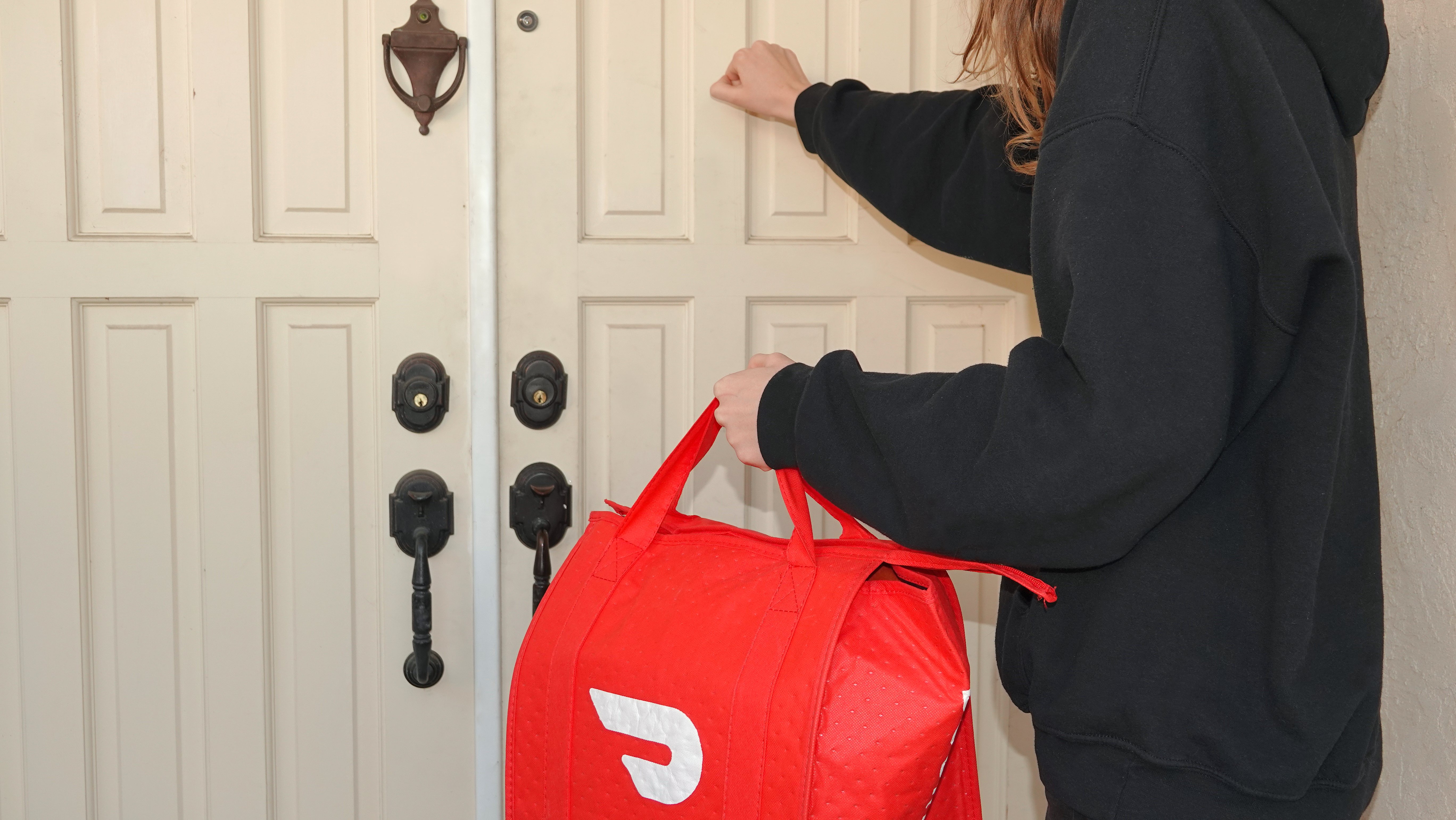
That low-margin, cost-intensive business is only going to get more difficult as the pandemic recedes.
The biggest reason, of course, is that customers who want to eat a prepared meal are now more than capable of getting in their car and getting it themselves. But let's also consider two perhaps less obvious factors that emerged during the pandemic to help companies increase their efficiency.
First, the pandemic decreased traffic congestion across the nation. Less traffic means faster deliveries and faster deliveries means more deliveries per hour, a clear boon for a low-margin business. Yet traffic, as anybody who was on the road over Memorial Weekend is all too aware, is on the comeback. The roads are, once again, congested.
Second, for a while food delivery companies were the primary if not only source of revenue for restaurants who necessarily turned to these platforms to keep afloat. This meant that the majority of kitchen labor was directed towards orders for food delivery. But as in-restaurant dining becomes once again common and kitchens are again running at full capacity, this will change. Turnaround times for delivery orders, now competing for attention in the kitchen with in-person orders, will increase.
These two shifting conditions mean that food delivery companies will not operate at the same efficiency they enjoyed during the pandemic when, again, they were nonetheless unable to break into profitability. And this says nothing of decreased order volume.
Then there is the scariest prospect of all for delivery companies, the increasing likelihood that restaurants will abandon third-party delivery entirely or at least begin to tweak their relationship to these companies. This is something we have been talking about since literally the first week of the pandemic, and it is only going to get worse.
Chipotle, for example, now charges an average of 17% premium for orders placed through third- party platforms. This helps Chipotle recoup the commission these companies charge and it also drives consumers to their native online ordering platform.
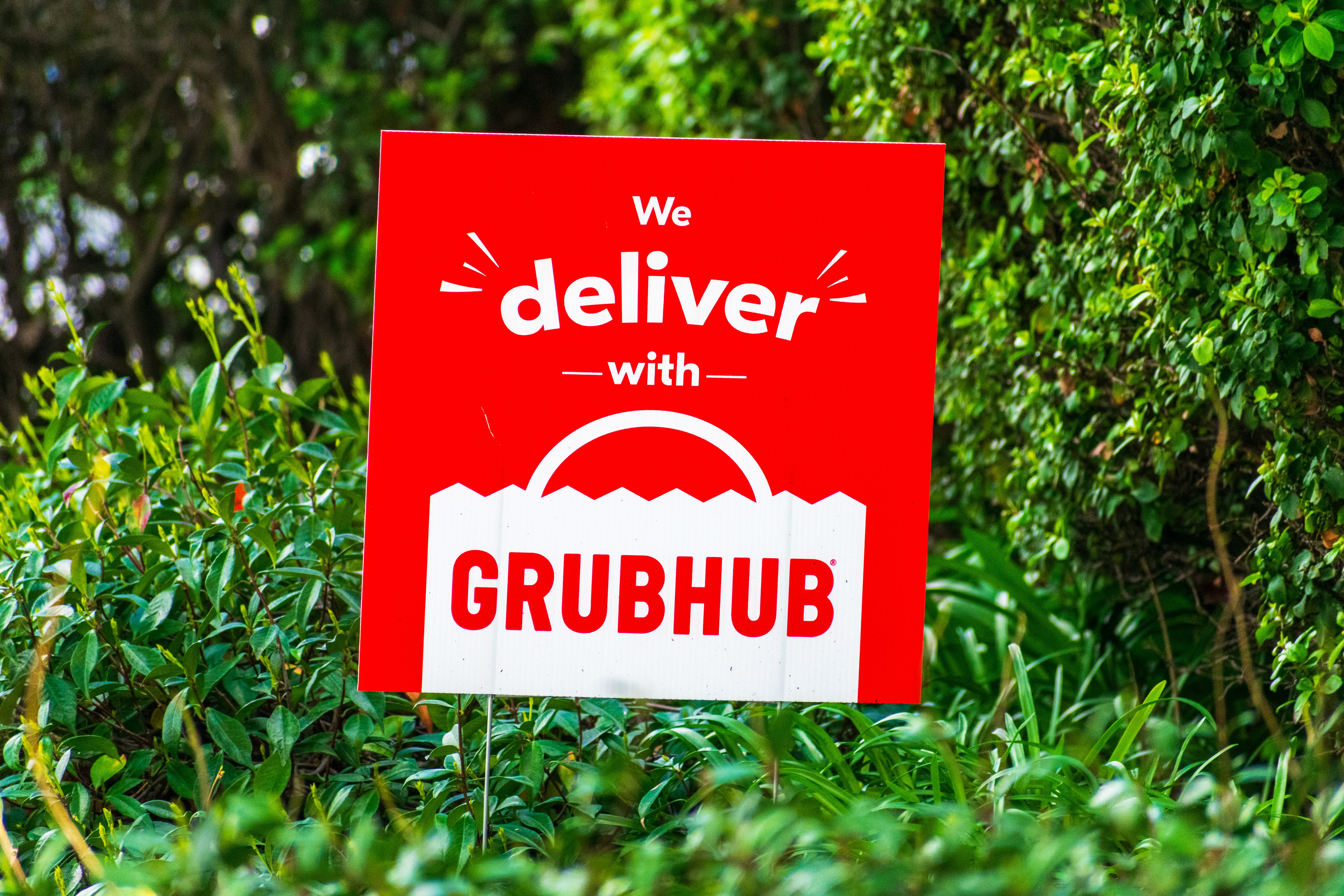
How long until Chipotle gets good enough at handling its entire digital ordering platform—from marketing to logistics—that it can abandon delivery companies entirely? And how many restaurants will follow suit? These are the kinds of questions keeping third-party delivery companies awake at night.
Something else keeping them up at night? Fears that city regulators will continue the pandemic trend of capping their commissions in an effort to protect small businesses. Reports of delivery companies’ lobbying efforts have already trickled out and, while we don’t have any new information about this right now, it is something that we, like delivery companies, should monitor.
Cards on the Table, Do You Split ‘em or Double Down? The Future of Third-Party Delivery
Fortifying against these multiple threats to their push to profitability, delivery companies are exploring new avenues of growth.
DoorDash and Uber Eats are trying to get into retail and grocery delivery. There are a couple of ways this can work, but the name of the game here is efficiency and margins: DoorDash and Uber Eats would like to pair non-perishable items with food deliveries to maximize driver efficiency and to offer higher margin items like alcohol and pet food. It’s a lot more profitable, after all, to upsell a bottle of wine than a soda.
One avenue is to ask its drivers to also become pickers, entering retail and grocery stores and selecting customers’ items for checkout. This is wildly inefficient, however, and completely unsustainable as the Wall Street Journal recently pointed out.
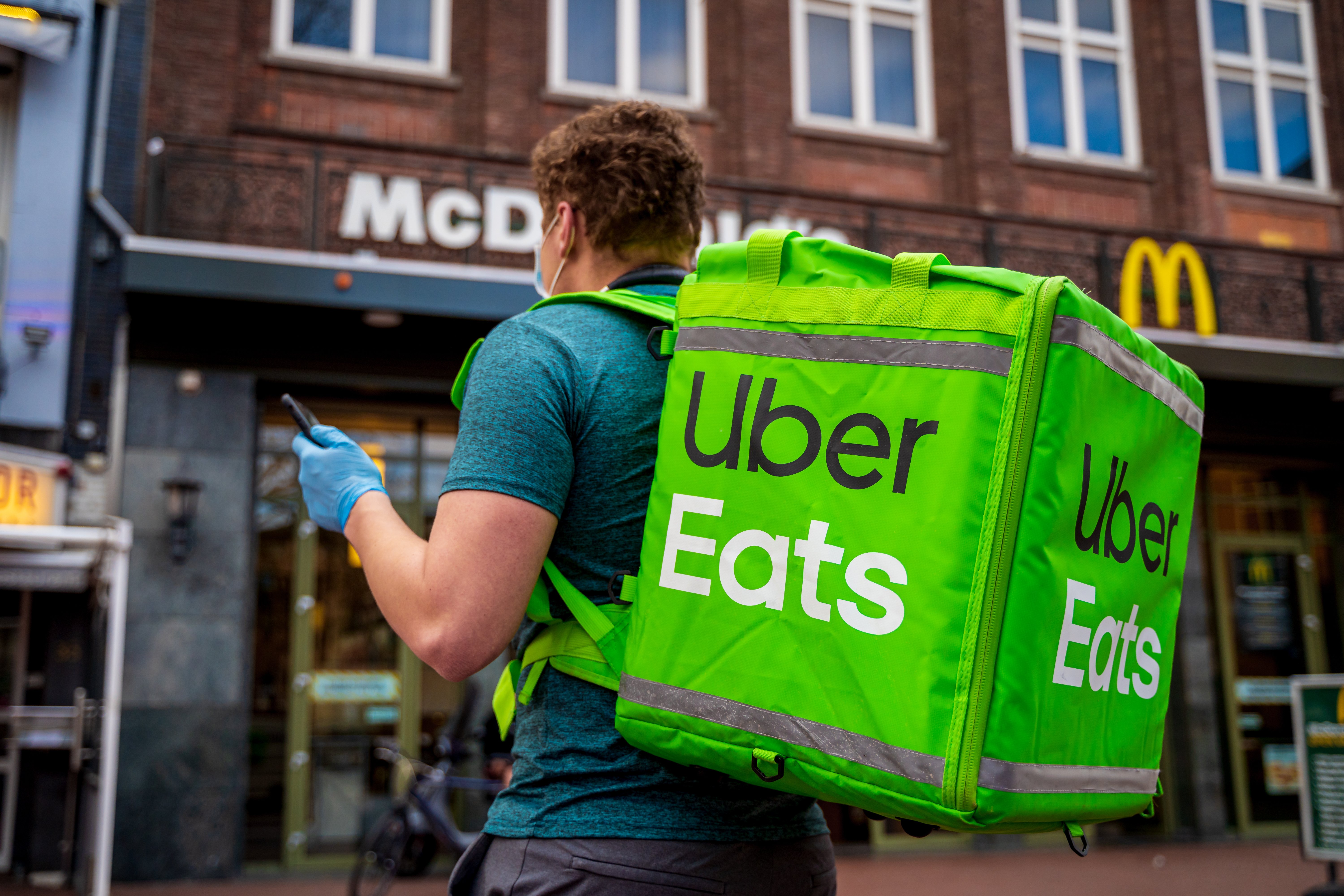
The other option is to partner directly with retailers and grocery stores to provide last-mile transportation. This means that customers who place orders via Macy’s or Walmart will have their orders transported via DoorDash or Uber. They want to be a last-mile delivery service.
As an evolving business model, this makes sense. Companies like Walmart represent significant order volumes that will keep deliveries stable. They can pair these non-perishable items with food deliveries, allowing drivers to complete multiple orders at once without worrying about somebody’s fries getting mushy.
Furthermore, delivery companies don’t have to spend on marketing and advertising in this system—those responsibilities lie with the retailers themselves. They are also not on the hook for refunding customers when an item is incorrect—that is also retailers’ responsibility.
Of course, with retailers (particularly drugstores and grocers), there is stiff competition among delivery companies, all vying to push in on InstaCart’s 50% market share.
“Those guys are knocking on everybody’s doors,” said Neil Stern, chief executive of Good Food Holdings LLC, which owns both Bristol Farms and Lazy Acres.
Even as we speak, companies are leveraging their differentiators and negotiating with grocers for exclusive delivery rights. They are all offering lower commissions and faster delivery time-table guarantees, while leaning into their biggest individual selling points.
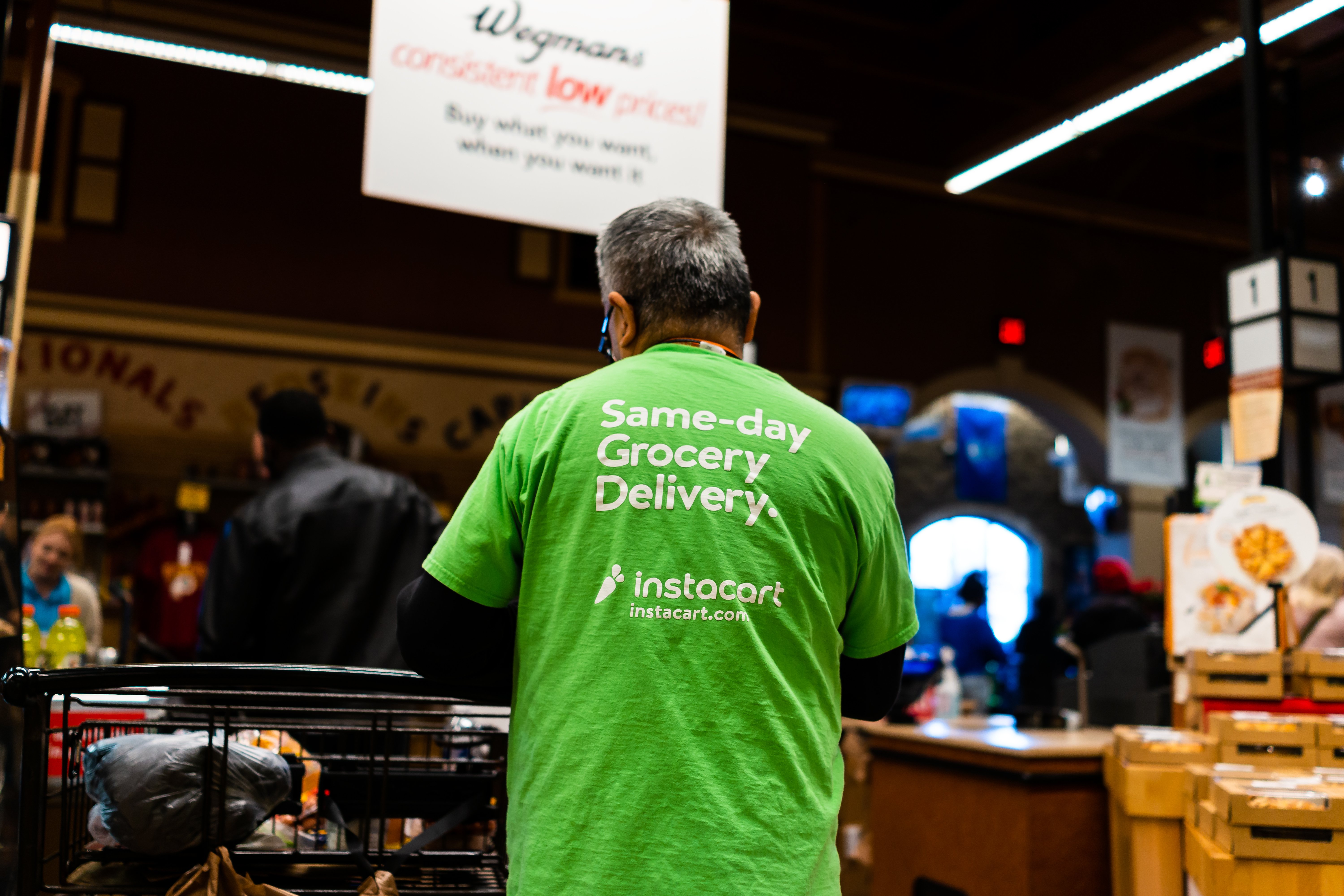
DoorDash is, according to reports, emphasizing their delivery speed and large customer base; Uber Eats is emphasizing their international presence, which is good for chains operating in multiple countries.
Yet Grubhub, for its part, believes this push into nonperishables is a fool’s errand. Instead, they are doubling down on food delivery, emphasizing their role as a marketing service and platform for restaurants.
Grubhub wants to be a digital restaurant guide, offering customers pathways into restaurants’ ordering and delivery platforms. They can, for a small commission, push customers to a restaurant whose menu is available on the platform. However, when these customers order through Grubhub, customers can opt to pick up the order themselves or even get delivery through the restaurant's own delivery system.
Essentially, Grubhub is leveraging its platform’s popularity, promising restaurants that it can help customers find them and place orders through them however they like. Restaurants can offer promotions and incentives for new customers and can choose different levels of GrubHub’s services.
“Everyone else in the industry is doubling down on their logistics plays and talking about how smart they are and what a great technology company they are,” Grubhub’s CEO, Matt Maloney said. “I think the right choice is to be a better restaurant company.”
Market Research: Counting Down the Days Until Self-Driving Cars are Unleashed
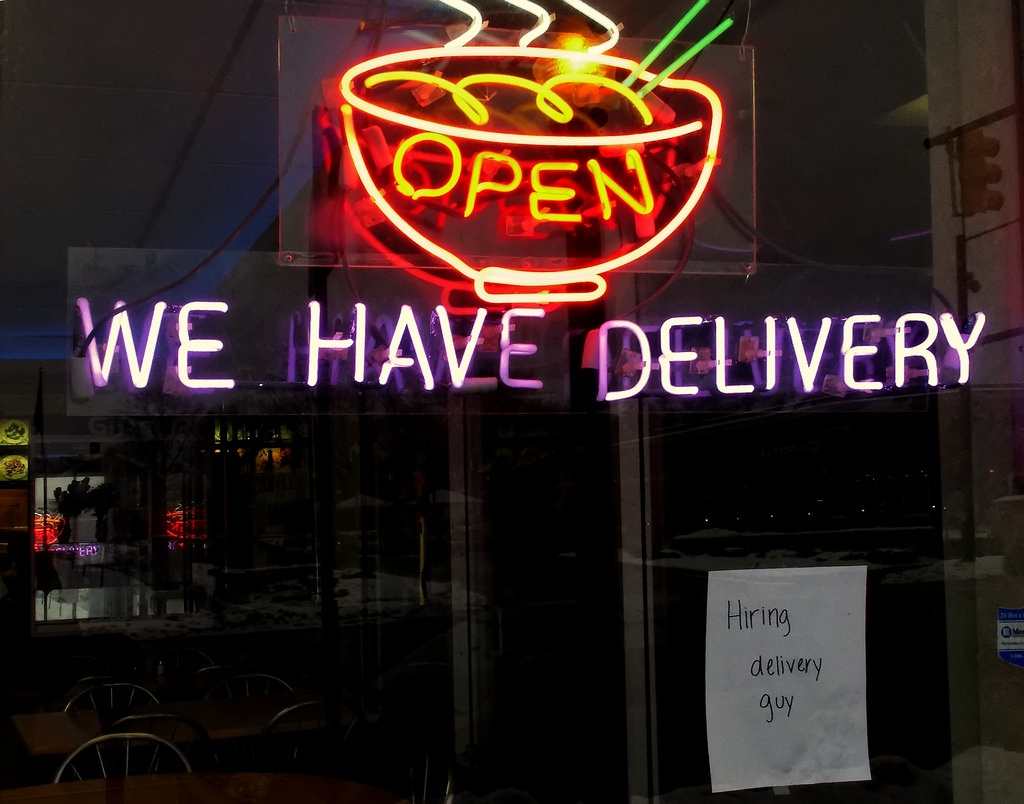
Recently, Uber’s CEO, Raj Beri, offered insight into his vision of his company’s future.
“Amazon powers next-day delivery. We’re going to power next-hour commerce,” Beri said.
It’s a nice idea and one that explains their (and DoorDash’s) push into non-perishable delivery. But here’s the thing: Amazon already tried the whole one-hour delivery thing. Does anybody else remember Prime Now, Amazon’s now defunct rapid delivery service that shuttled household goods and other popular items to customers within an hour? You’d be forgiven for forgetting, because Amazon never really got it off the ground. Today, the app is merely a gateway to online grocery delivery.
Of course, this is not the same thing. Amazon was not offering to deliver products purchased in other retailers’ ordering system—everything had to ordered through the Amazon marketplace.
And yet, with its vast logistics and delivery infrastructure, Amazon simply could not make the math work. Tellingly, they aren’t really even trying anymore. Instead, they are putting their might into driving down delivery timetables across the board, not just through its Prime Now app.
Companies like DoorDash and UberEats are no doubt putting in all kinds of market research, discovering new avenues to profitability through expanded services. With all the upheaval coming to the industry post-pandemic, their experimentation and effort must be applauded.
But that doesn’t mean it will work. We will continue to follow industry developments but, for the time being, we are once again ending this blog as we have ended nearly every other one we’ve written on the topic: Until self-driving cars are part of the third-party delivery fleet, the margins will likely never add up to profitability.
With Domino’s testing self-driving pizza delivery cars in Houston, we may be approaching this eventuality faster than we think. The question remains, however: for an industry built on speed, will it come soon enough?
